
Both Zika-infected and uninfected pregnant women showed levels of high stress in a recent study conducted in Puerto Rico.

Both Zika-infected and uninfected pregnant women showed levels of high stress in a recent study conducted in Puerto Rico.

At the First International Conference on Zika Virus, Marta G. Cavalcanti, MD, PhD, discussed her team’s recent research regarding viral RNA shedding in symptomatic and asymptomatic Zika patients who are either mono-infected with Zika or Chikungunya, or co-infected with both.
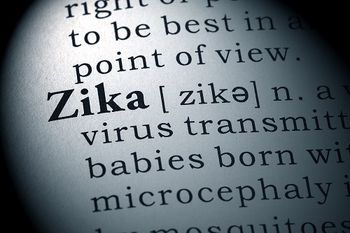
At the First International Zika Conference, keynote speaker Annelies Wilder-Smith, MD, PhD, DTM&H, MIH, FAMS, FACTM, discussed how Zika has evolved on a global scale.

The results of a new study suggest a 3-7% increase in the likelihood of having a heart attack in some patients with acute respiratory infections also takes nonsteroidal anti-inflammatory drugs (NSAIDs).

The US Food and Drug Administration just announced that it is allowing the marketing of a new test kit for bloodstream infections.

A single dose of the antibiotic oritavancin could save patients and health services time and money when treating acute bacterial skin and skin structure infections (ABSSSIs).

In the first study to examine multiple body fluids for the presence of Zika virus in an ongoing fashion, researchers discover Zika virus remains in bodily fluids longer than other flaviviruses.

New research suggests that human and viral genetics account for one third of the differences in disease progression rates in HIV-positive individuals.

As work with deadly pathogens becomes more advanced, are our biosecurity and biosafety practices regressing?
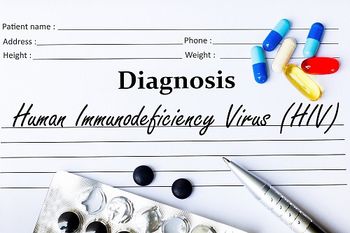
Scientists are hopeful that a new two-drug regimen will simplify treatment for HIV patients while exposing them to fewer side effects.

A new report from the Centers for Disease Control and Prevention (CDC) details just how effective the flu shot has been so far this season.
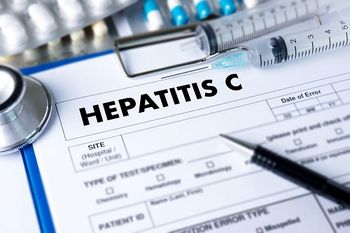
Researchers recently examined data from 21k+ patients in the Veterans Affairs healthcare system to determine if a correlation exists between race or ethnicity and the efficacy of direct-acting antiviral (DAAs) for the treatment of hepatitis C (HCV).
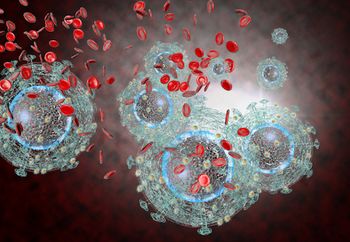
Could a new process called long-acting slow effective release antiretroviral therapy, or LASER ART, be a game-changer in treating HIV?

Five patent challenges on medications to treat hepatitis C virus were recently filed in Argentina and India.

A survey spanning almost two decades shows a consistent increase in condom-less anal sex and number of sexual partners in MSM as many see antiretroviral therapy as a "protective back-up" measure to avoid HIV infection.

Researchers from sub-Saharan Africa provide evidence that oral ciprofloxacin is efficacious for treatment of plague.

Contagion® will be attending the conference, so keep a look out for session coverage, as well as interviews with some of the key presenters.

In order to ensure that vaccines reach those who need them the most, experts are proposing a global vaccine injury compensation system that would ensure their safety in the event of adverse reactions from vaccines developed on shortened timelines.

The Centers for Disease Control and Prevention recently published a study detailing a case of Ebola virus RNA persistence in the semen of a male Ebola survivor with HIV.
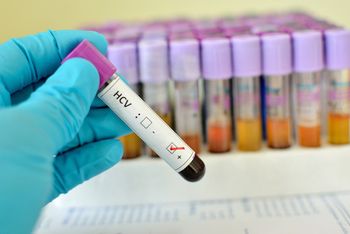
In a study presented at CROI 2017 in Seattle, Washington, researchers from MedStar Health Research Institute presented new data on HCV infection in non-baby boomer populations.

A new study reports that a substantial proportion of secondary cases in the 2014 to 2015 Ebola epidemic descended from a small number of superspreaders.

A new study coming in from the CDC shows that German travelers are bringing home a diverse array of dengue virus strains.

The Centers for Disease Control and Prevention recently investigated three incidents of rare microsporidiosis infections in transplant patients in the United States.
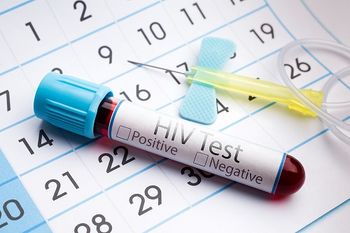
The Centers for Disease Control and Prevention is reporting that annual HIV infections declined from 2008 to 2014, but this decrease was not seen across all groups.

Research presented at the recent Conference on Retroviruses and Opportunistic Infections shows that more individuals are aware of their HIV and hepatitis C (HCV) status, but more work is still needed.
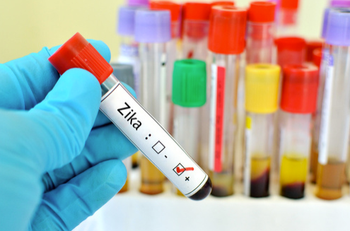
Results from Zika virus testing conducted by the District of Columbia Department of Forensic Sciences Public Health Laboratory between July 14, 2016 and December 14, 2016 raised red flags when all results came back negative.
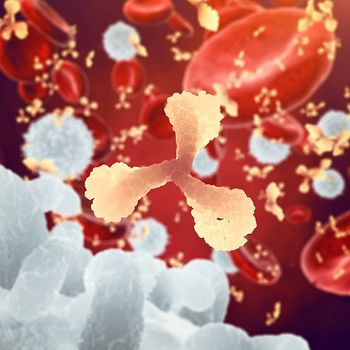
National Institutes of Health (NIH) scientists provide an explanation for how an anti-alpha-4 beta-7 antibody treatment resulted in sustained remission of SIV in a monkey experiment.

A team of researchers has developed single-domain antibodies that remain stable and stop respiratory syncytial virus (RSV) from entering the lungs.

The European Union Horizon Prize was awarded to MINICARE HNL last week for a “finger prick test” that allows for rapid detection and diagnosis of bacterial infections in under ten minutes.

Researchers presented their findings on pre-seroconversion window in patients with acute HCV infection at the Conference on Retrovirus and Opportunistic Infections in Seattle, Washington.